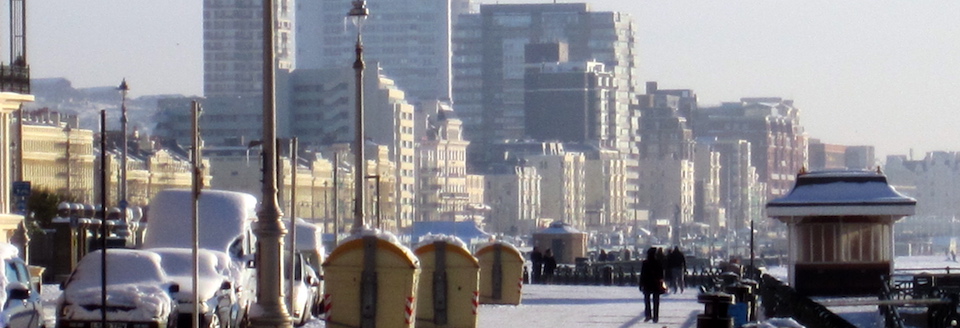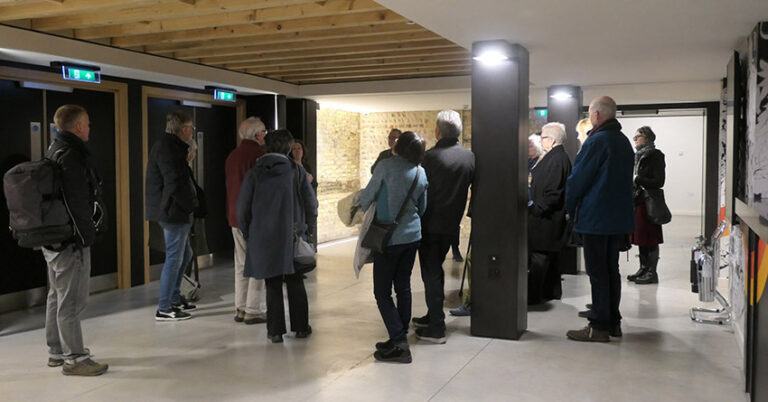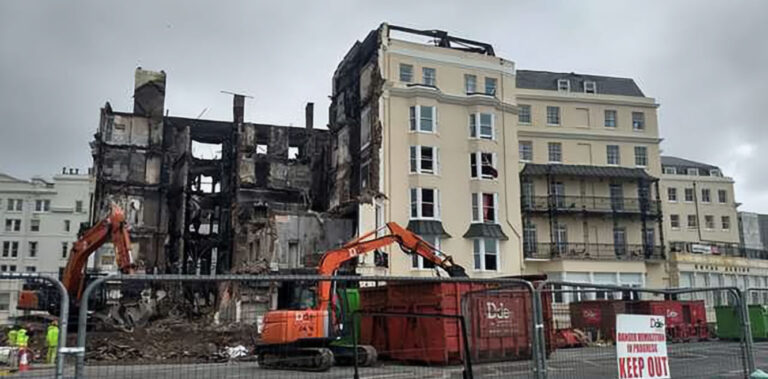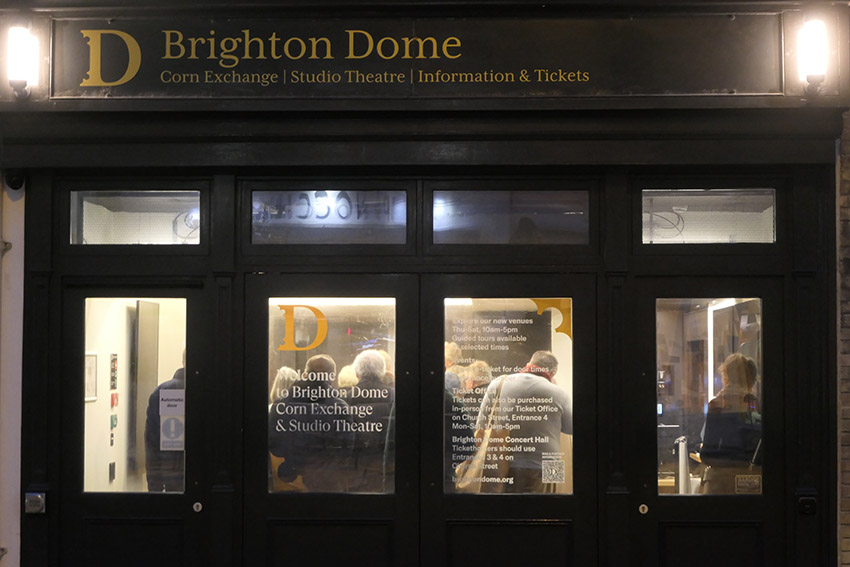
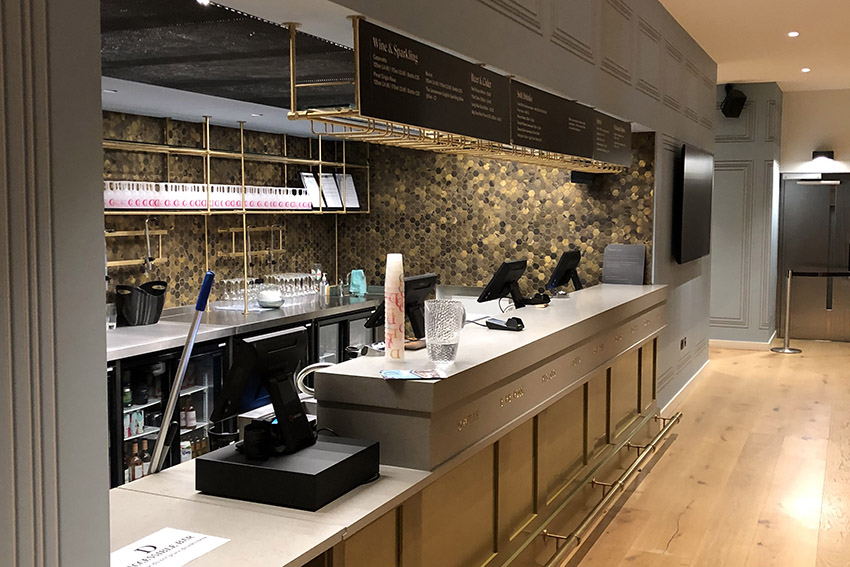
The 40 RS members who were fortunate enough to go on a tour of the Corn Exchange and Studio Theatre in February were unanimously impressed by the quality of the design and execution that has turned the once rather down-at-heel corner of Church Street and New Road into a set of resplendent spaces that will benefit the city for years to come.
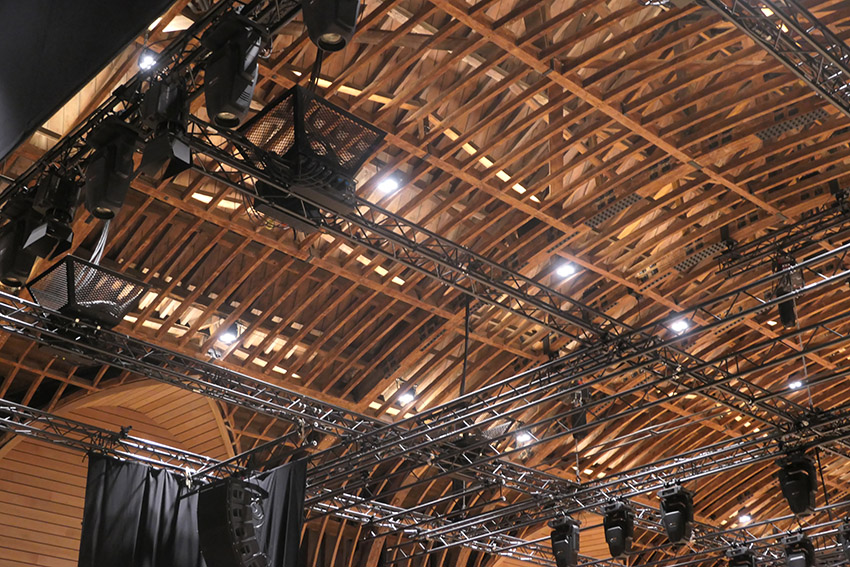
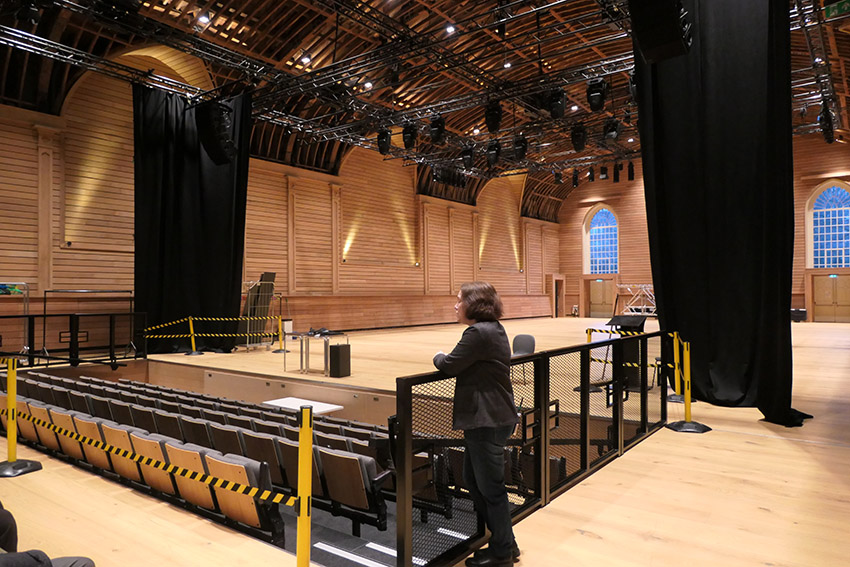
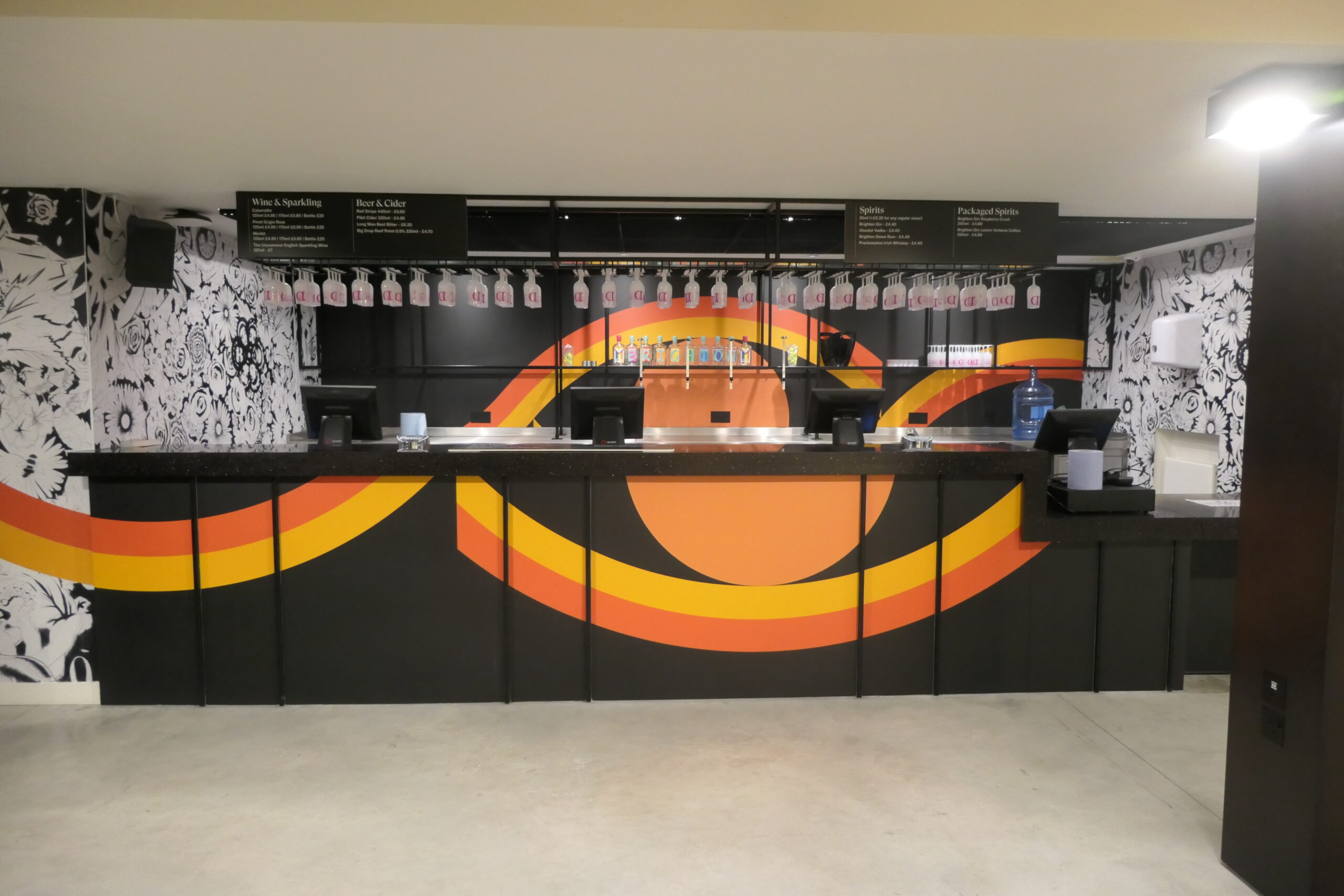
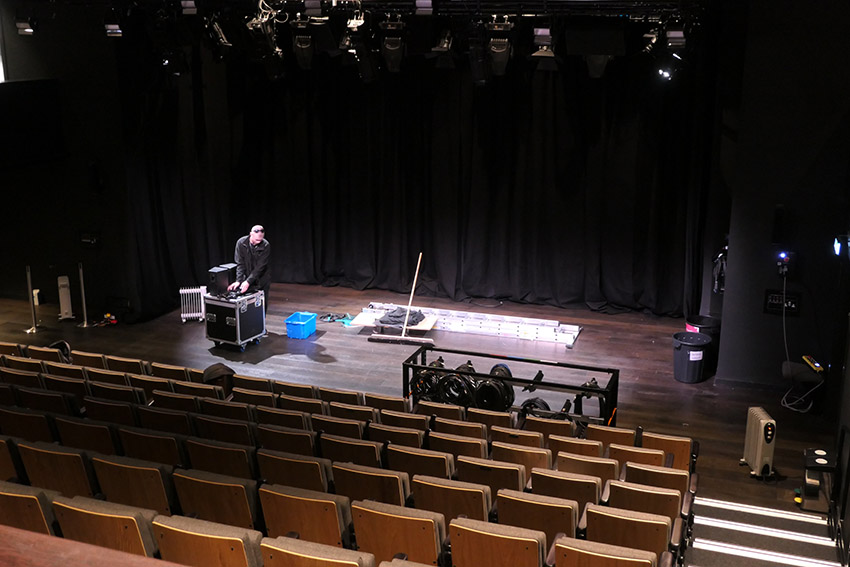
The architects for the project, Fielden Clegg Bradley, used considerable ingenuity and sensitivity to return the Corn Exchange close to William Porden’s original design for the Prince Regent’s riding school but suitable for use as a 21st century venue, as anyone who visited the Van Gogh Alive show will appreciate. The Studio Theatre is also considerably more inviting and practical than it was in the days that many will remember.
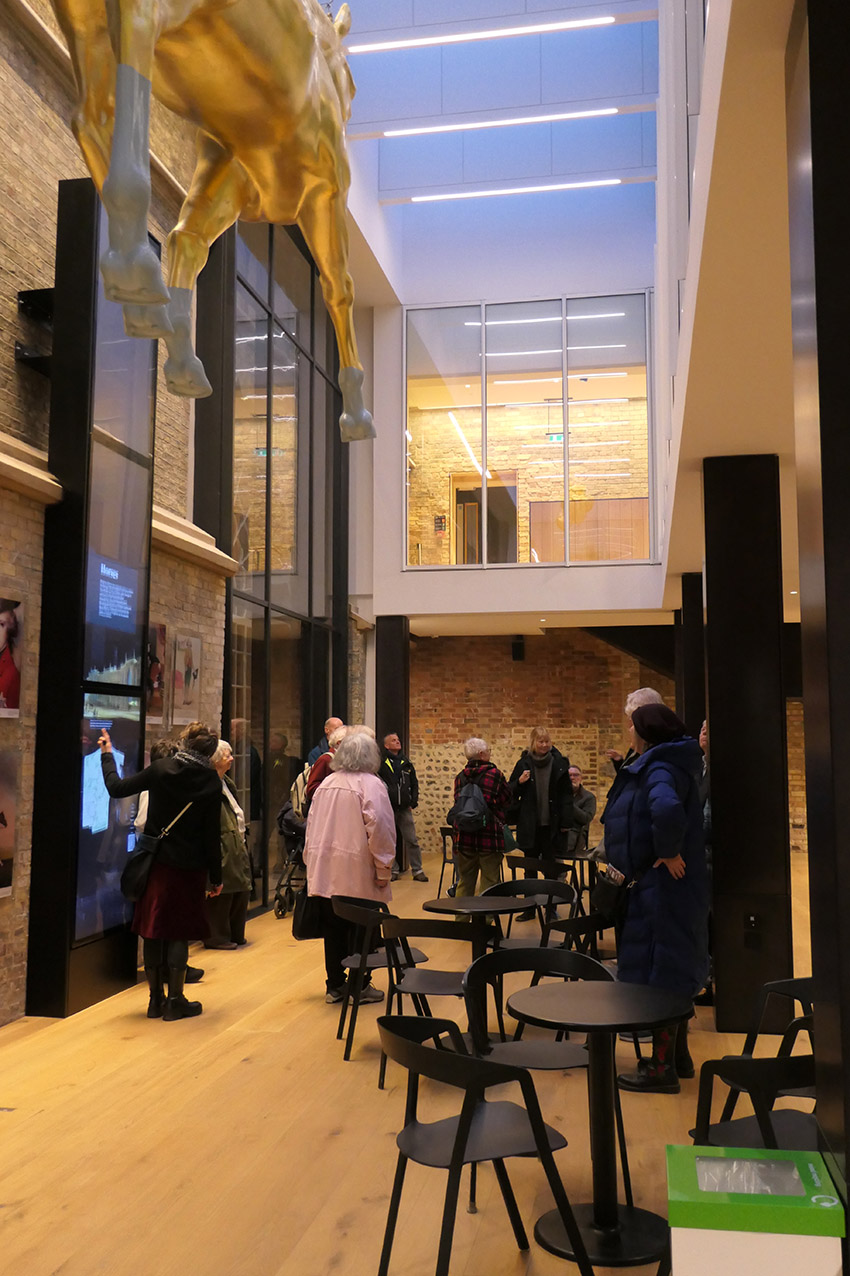
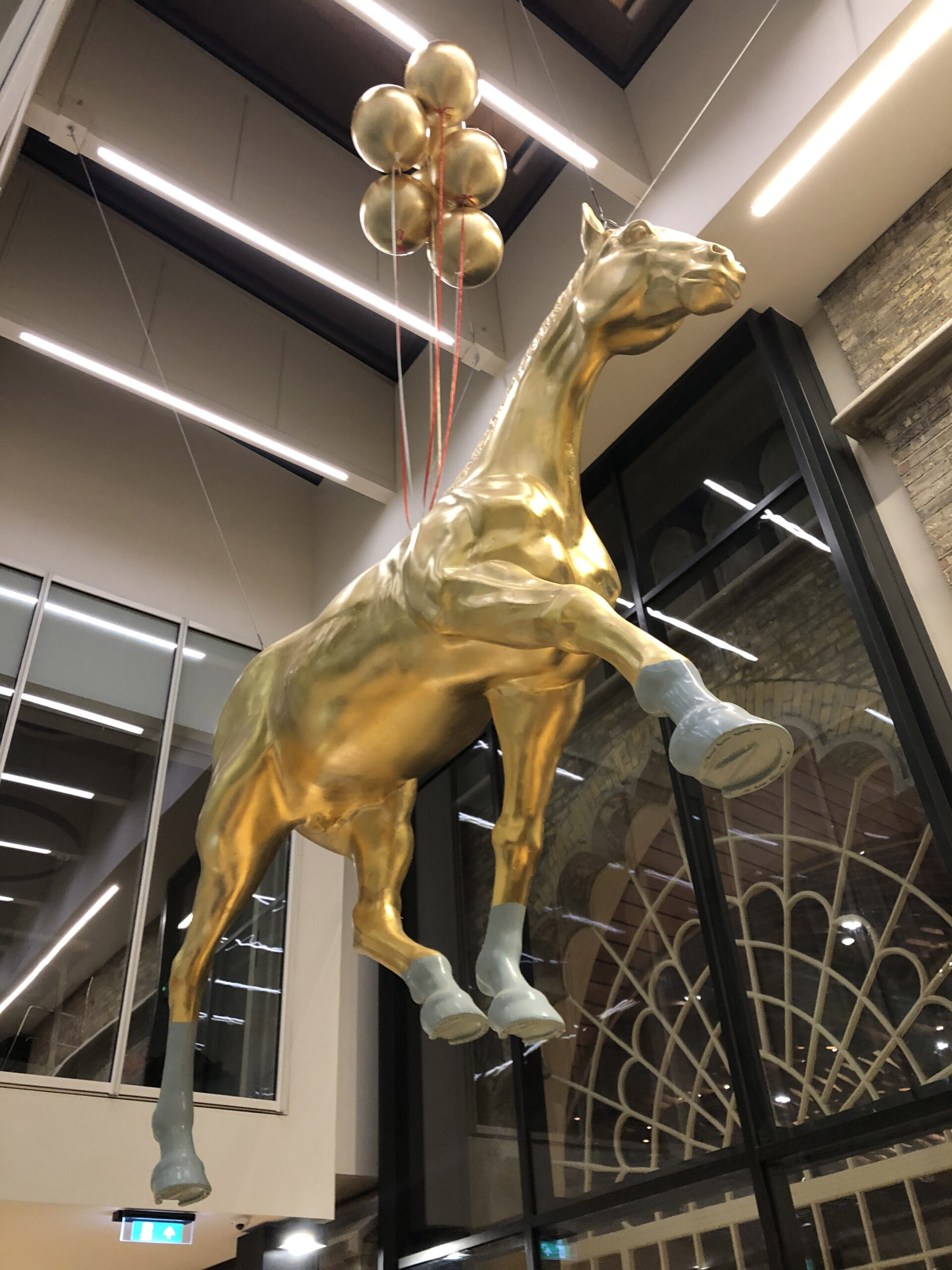
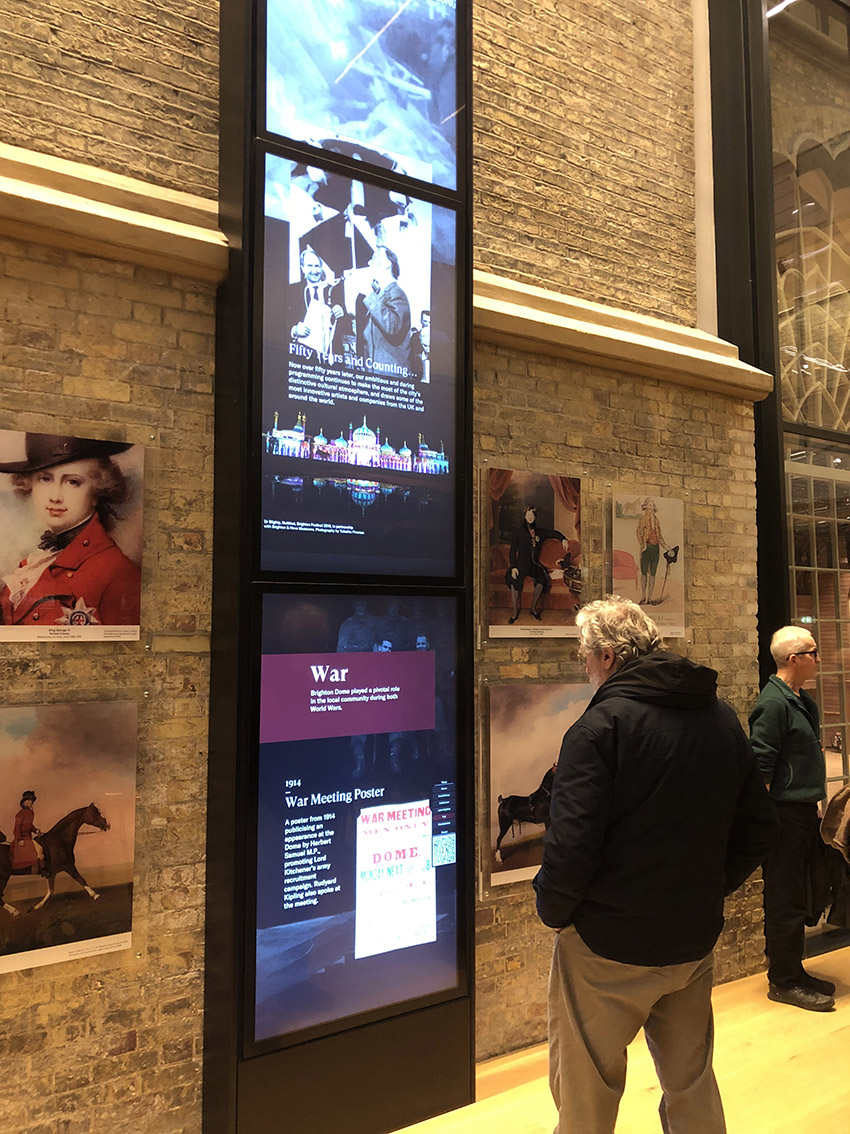 The reconfigured entrance from New Road and the circulation spaces it leads to—including the bar with its whimsical life-size golden horse ‘lifted’ by balloons—are fun as well as practical. The history of the building is now much more readable as a result, a lesson for other heritage restoration projects.
The reconfigured entrance from New Road and the circulation spaces it leads to—including the bar with its whimsical life-size golden horse ‘lifted’ by balloons—are fun as well as practical. The history of the building is now much more readable as a result, a lesson for other heritage restoration projects.
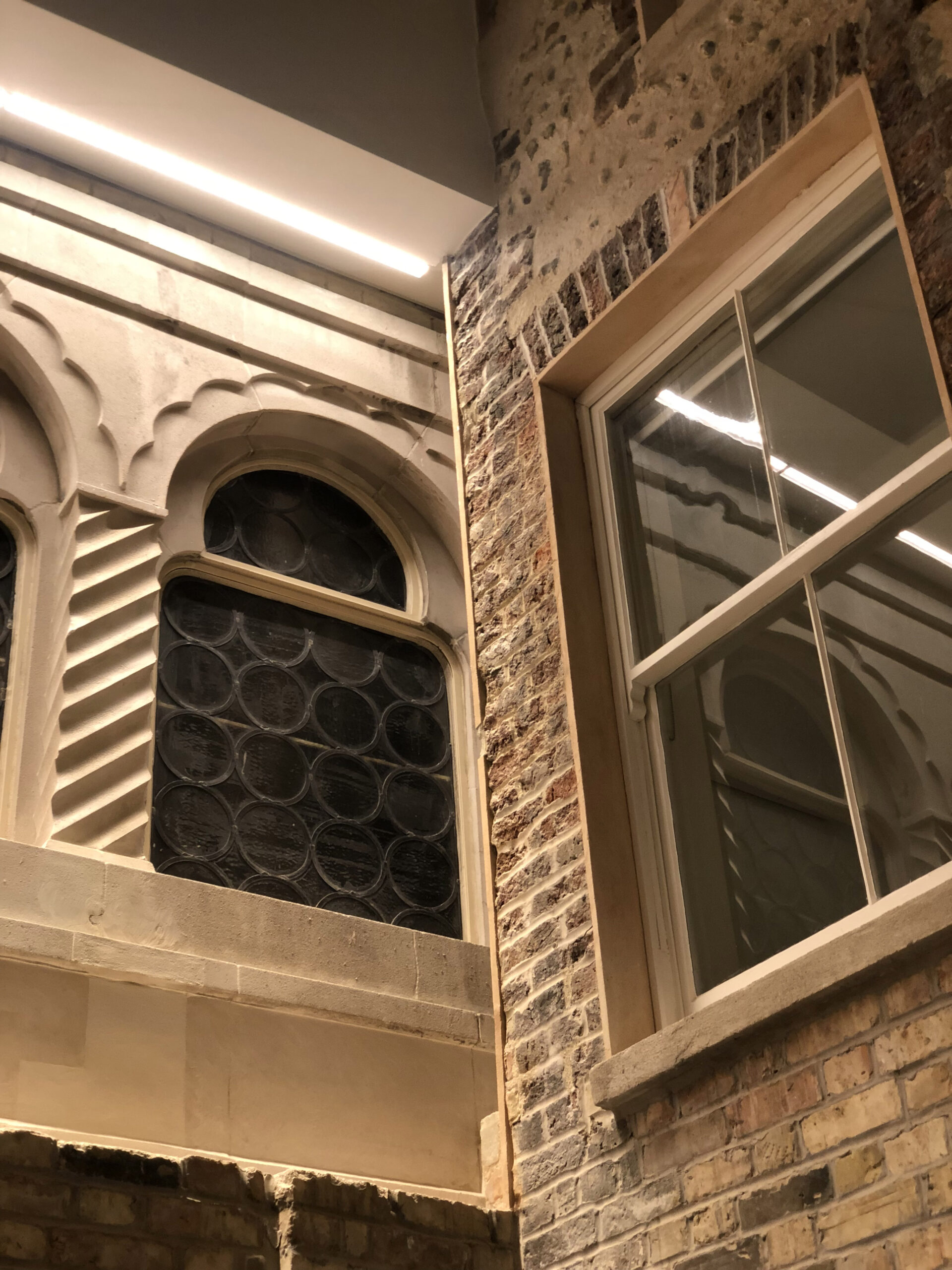
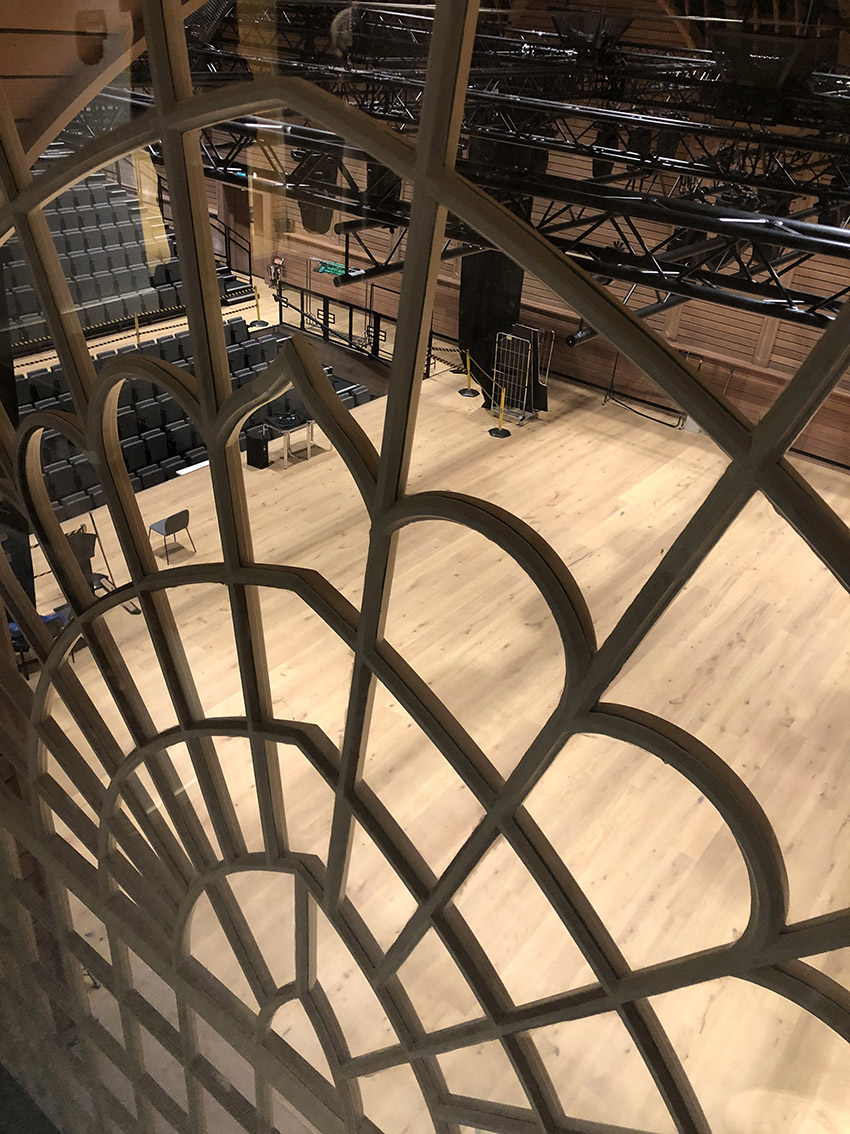
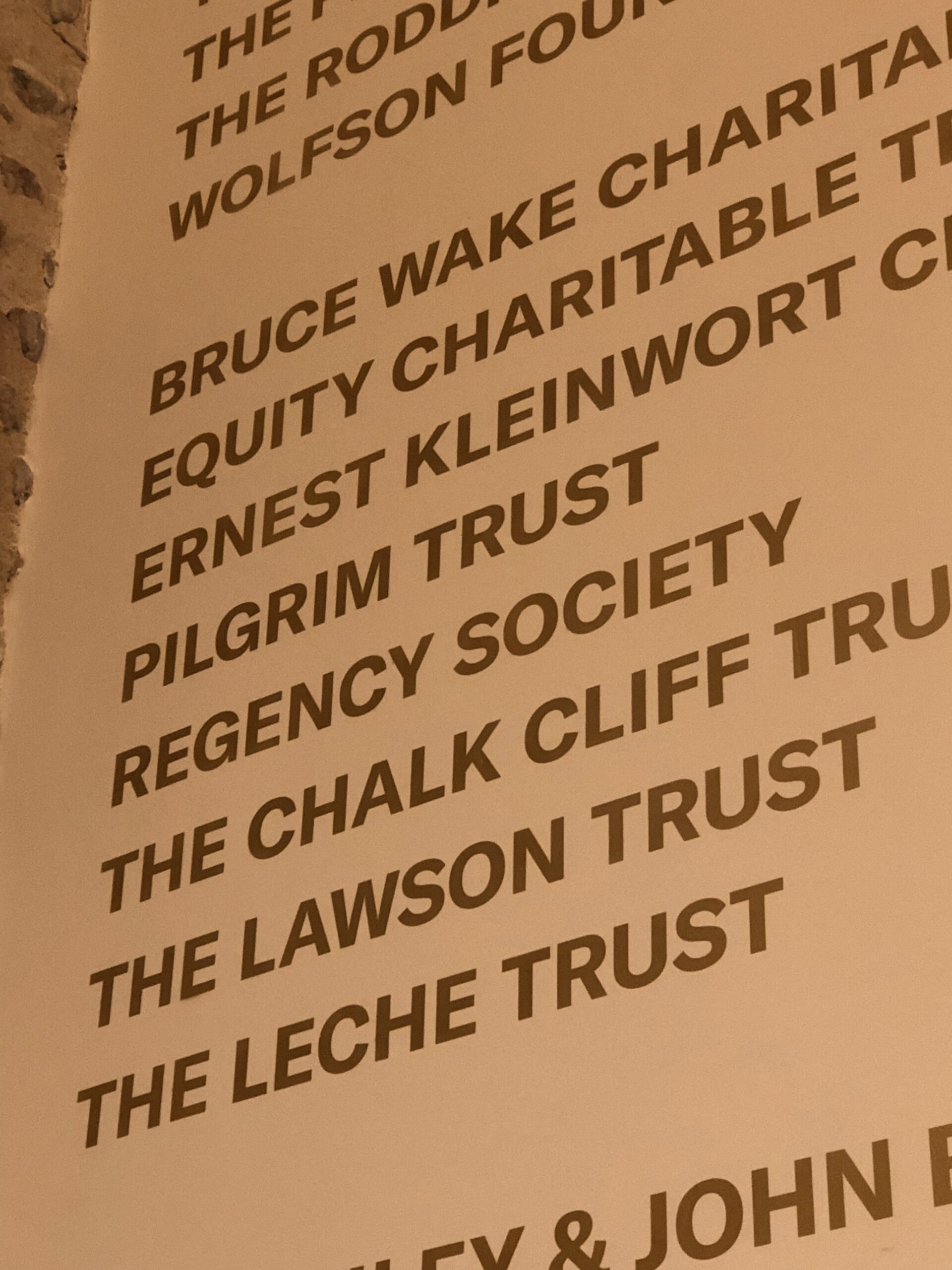 The Regency Society was one of the donors to the cost of restoration, for which we are recognised in a couple of places. Money well spent. Our grateful thanks to Maxine Hort, Director of Operations at Brighton Dome and Festival, as a most informative guide and to her colleague Kata Gyongyosi in support.
The Regency Society was one of the donors to the cost of restoration, for which we are recognised in a couple of places. Money well spent. Our grateful thanks to Maxine Hort, Director of Operations at Brighton Dome and Festival, as a most informative guide and to her colleague Kata Gyongyosi in support.
You can read our previous posts about the restoration:
Brighton Dome Corn Exchange: restoration to celebrate
The Refurbishment of Brighton Corn Exchange (talk).
Lucky early visitors view the Corn Exchange renovation
Photographs by David Sears and James Tulley.

